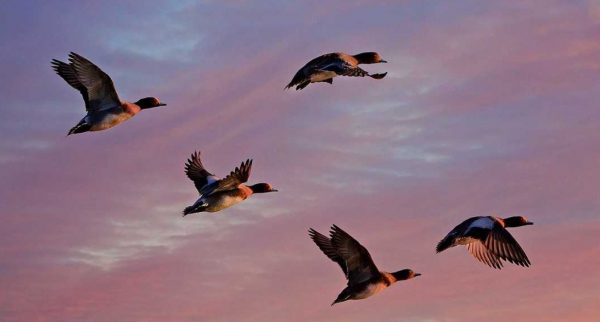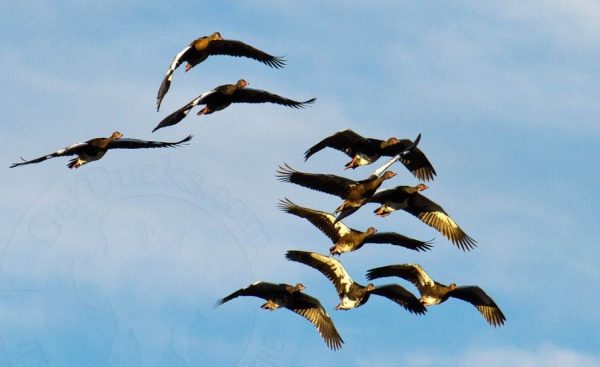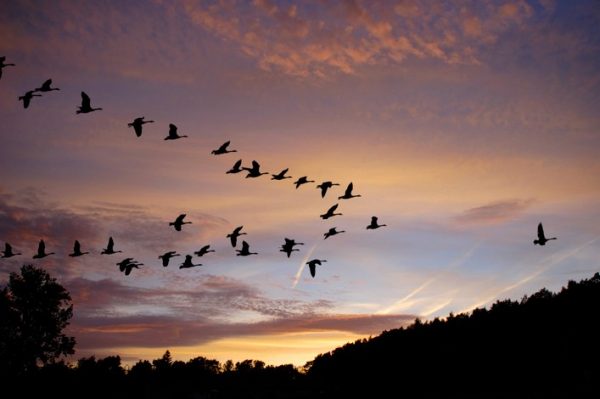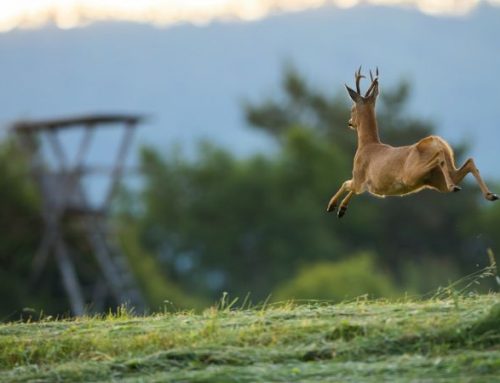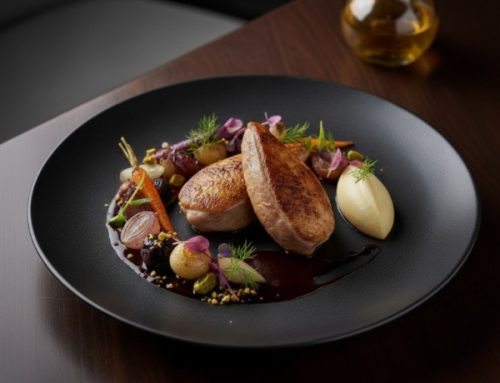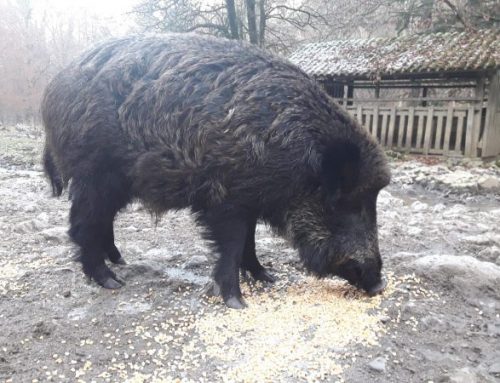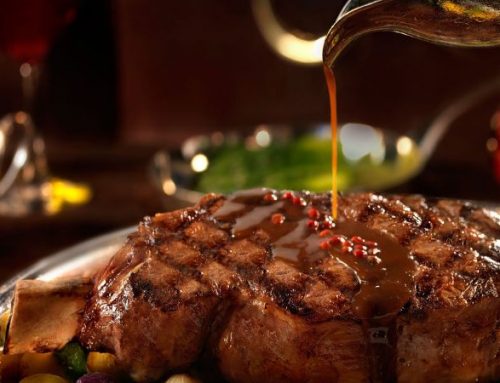There are places in Europe where nature still reveals itself in its most untouched and majestic form. In these places, wildfowl hunting becomes more than a pursuit—it becomes an immersive journey through silence, misty atmospheres, and unforgettable spectacles.
One such place is the Great Island of Brăila, in southeastern Romania: a vast river island in the heart of the Danube, considered one of Europe’s most extraordinary destinations for hunting wild ducks and geese.
A Natural Sanctuary on the Eurasian Migratory Flyway
Stretching over 700 square kilometers, Brăila’s Great Island is a true crossroads for migratory waterfowl. Situated along the Pontic flyway—one of Europe’s major bird migration corridors—this island welcomes millions of ducks and geese each year from Russia, western Siberia, the Baltic countries, and the vast Ukrainian and Belarusian steppes.
Following ancient river paths, migratory birds move along waterways, and the Danube—with its banks, islands, and marshlands—serves as a natural highway guiding them southward. Beginning in August and September, flocks depart from Arctic and subarctic nesting areas, follow the Danube across Eastern Europe, and rest in rich wetland oases like the Great Island of Brăila.
The journey is dictated not just by instinct but by environmental cues: daylight length, temperature shifts, and availability of food. As northern regions freeze, birds begin to move steadily southward, often traveling thousands of kilometers in stages. Ducks tend to migrate at night in small, low-flying flocks, navigating by the stars and magnetic fields, while geese fly mostly during the day in iconic V-formations, maintaining visual and acoustic contact with one another.
Certain species are highly site-faithful, returning to the same stopover or wintering grounds year after year—Brăila among them. This consistency makes the Great Island a known and trusted haven in the minds of migratory birds—a sanctuary of stability in an ever-changing landscape.
A Perfect Habitat for Rest and Nourishment
Here, among lagoons, reed beds, marshes, and wide freshwater lakes, migratory birds find everything they need to regain their strength: calm waters for resting, lush vegetation and seed-rich terrain for feeding, and natural shelters for protection.
In this pristine setting, one of Europe’s most captivating and technical hunts comes to life: wildfowl hunting from blinds during peak migration. As skies fill with swirling flocks at dawn, each morning becomes a promise of wonder and adrenaline.
A Feathered Parade: The Huntable Species
The wildlife richness of the Great Island is astonishing. Flocks settle here for days, weeks, or even months, offering hunters a rare variety of species.
Ducks:
- Mallard (Anas platyrhynchos) – The undisputed king of wetlands, abundant and found in large flocks
- Eurasian Teal (Anas crecca) – Small, fast, and prized for finesse hunting
- Northern Shoveler (Anas clypeata) – With its unmistakable spatula-shaped bill
- Gadwall (Mareca strepera)
- Eurasian Wigeon (Mareca penelope)
- Tufted Duck (Aythya fuligula)
- Common Pochard (Aythya ferina)
- Garganey (Anas querquedula) – A migratory gem offering spectacular passages
Geese:
- Greater White-fronted Goose (Anser albifrons)
- Greylag Goose (Anser anser)
- Barnacle Goose (Branta leucopsis)
- Snow Goose (Anser caerulescens) – Rare but sighted in years of strong migration
Geese, in particular, thrive in the island’s vast wetlands and cultivated fields, moving between water and land in fascinating daily patterns that evoke scenes from nature documentaries.
Hunting Along the Flyway: A Privileged Encounter with Nature
Positioning oneself along the migratory routes means entering into the ancient rhythm of nature. From the remote Russian tundra to the Danube Delta, massive flocks of ducks and geese escape the approaching winter, gliding south in search of milder lands.
The Great Island of Brăila is one of the last great natural strongholds of this millennial journey: one of the few remaining places in Europe where one can still witness the sky darken with the passage of thousands of birds in a single day.
The migration patterns themselves are mesmerizing. Geese often move in large V-formations, their calls echoing across the water and open fields. Ducks arrive more silently, in small groups or sudden waves, tracing the curves of canals and lagoons.
Hunting in Harmony with Nature
Wildfowl hunting on the Great Island is an art. It requires patience, skill, and a profound respect for the environment. Hunters set up in carefully camouflaged blinds along the water, using decoys and expertly timed calls.
Each dawn is different. Each moment brings a new memory. This is hunting rooted in tradition and balance, where man becomes a respectful guest in a world still governed by the rhythms of the wild.
An Experience to Live at Least Once in a Lifetime
For migratory bird enthusiasts, Brăila’s Great Island is one of Europe’s last truly great destinations for authentic wildfowl hunting. What makes it so exceptional isn’t just the diversity and number of birds, but the atmosphere itself: a land steeped in natural rhythms and ancient stories.
Hunting here is a journey into the heart of the Danubian flyway, a moment of true connection between man and nature. The memories made here go far beyond the hunt—they become stories etched into the soul.
Best Periods for Duck and Goose Hunting on Brăila’s Great Island
Wildfowl hunting follows the timeless rhythm of the migration. Knowing when to go can transform a great hunt into an unforgettable one.
Mid-October to Late November – The Heart of the Migration
This is the golden season. As northern Europe grows colder, countless flocks begin their journey south along the Danube. Brăila becomes a vital refueling stop.
Expect skies full of mallards, teal, shovelers, and early arrivals of white-fronted and greylag geese. The energy is palpable, the air electric with movement. Perfect for those who dream of action-packed mornings and vivid skies.
December and January – Wintering Grounds for Geese
During the coldest months, the island transforms into a prime wintering area for geese. They gather in the less-frozen zones and agricultural fields where food remains abundant.
This is the season of goose specialists: white-fronts, greylags, and barnacle geese fill the sky at dawn and dusk, lifting off and landing in dramatic unison. It’s a test of patience and precision—and a deeply satisfying challenge for seasoned hunters.
Whether you’re seeking the thrill of the great autumn flights or the quiet intensity of a winter morning, Brăila offers a rare and profound hunting experience, where each shot is accompanied by awe, and every sunrise carries the whispers of an ancient path still followed by wings in motion.


